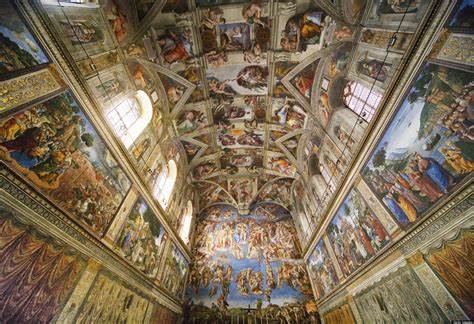

The Catholic Church reacted against the Protestant Reformation with its own set of internal reforms, but far from being abandoned, the ornately polyphonic and melismatic liturgical music of the early Renaissance was celebrated and intensified. The Franco-Flemish composer Orlando di Lassus continued to build on and develop the style of Guillaume du Fay and Josquin des Prez, while the Italian priest Gregorio Allegri expanded the use of polyphony in liturgical music.
According to legend, when Pope Urban VIII heard Allegri's "Miserere Mei, Deus" ("Have mercy on me, God"), he found the piece so hauntingly beautiful that he decreed it could only be performed once a year, on Good Friday (the commemoration of Christ's crucifixion), and only in the Sistine Chapel in Rome. To prevent the piece from being overplayed, he forbade any copies to be made, on pain of excommunication.
Can the quality of great music be diminished by over-performance?
Orlando di Lassus
Lamentationes Jeremiae Prophetae
In Monte Oliveti
Gregorio Allegri
Miserere Mei, Deus